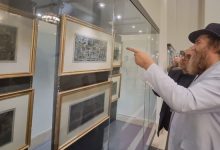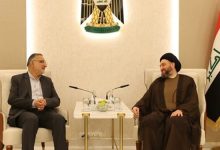The captivity of the students of the Faculty of Economics/The story of the mother who made the captives cry
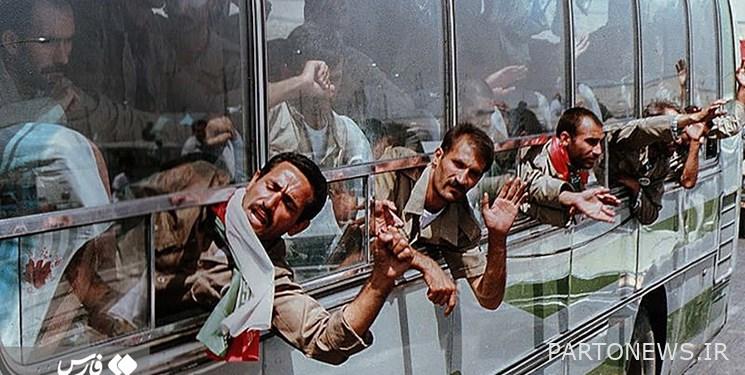
life group; Atiyeh Akbari: Today, among all the memories, on the anniversary of the liberation of captives, the eyes are waiting for that thin old woman in Qasr Shirin in front of her eyes, with that bent back and bony stature, and a crumpled sheet of paper in her hand that had her lost name written on it; The lonely old woman who still does not know how she reached the border zero point on that hot day.
When he is going to turn the pages of the book of captivity and say about the day of freedom, he starts with this old woman. Why did he put his hands on the eyes of this old woman among all these memories and stories? The answer is anecdotal. The story of thousands of eyes waiting for the mothers of missing martyrs, the story of radios strapped to their waists, empty plates on the table, ironed clothes… the story of mothers who are still waiting to find a sign of their missing.
“Amirreza Sardari”; Free Holy Defense
“Amirreza Sardari”; Azadeh of the Holy Defense reviews the memory of that old woman once more before telling about herself; “The bus was moving slowly in Qasr Shirin among the crowd who came to welcome the prisoners or look for their missing ones. The old woman was stooped to the body of the bus and made us notice her. He would give the children the paper that was so crumpled that the name on it could not be read correctly. Then he narrowed his eyes and stared into our eyes to see if we knew this name or not. But all the children were running away from the old woman’s searching eyes. An old woman who was the mother of several martyrs and now came looking for her last missing person. Do you know what this old woman did with my heart and other captives? The children, who had not bowed down in the most difficult conditions of captivity, cried secretly but from the bottom of their hearts with the sadness in the eyes of this old woman.
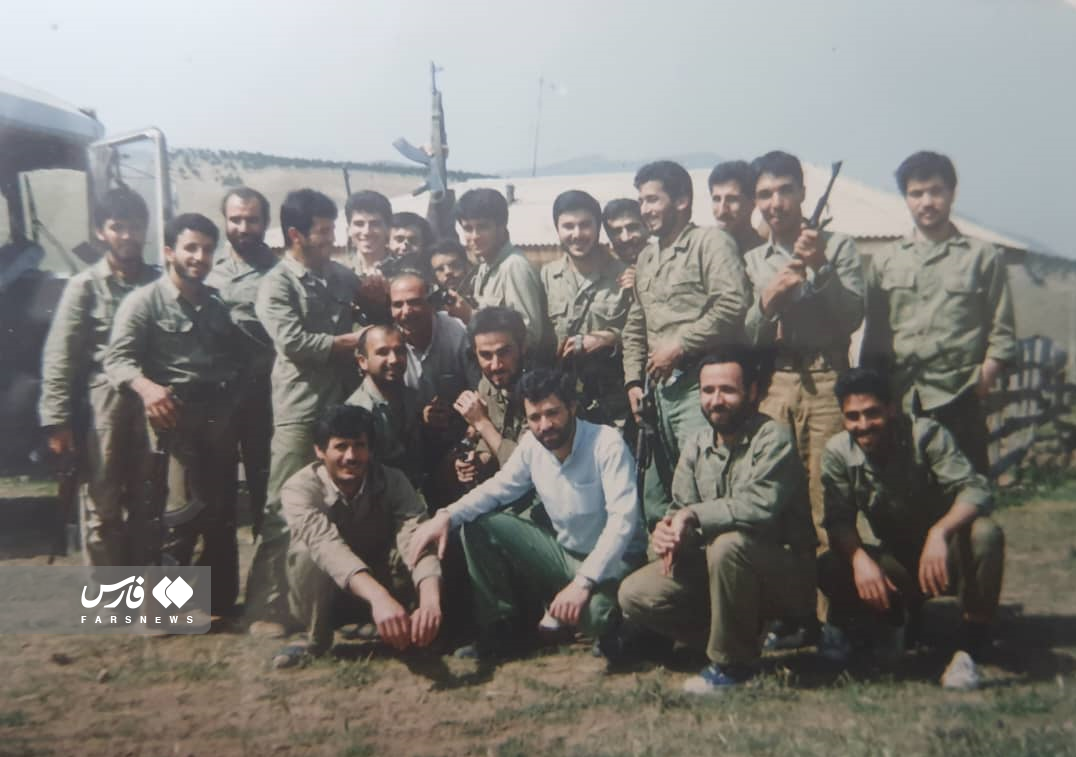
A captain alongside fellow warriors
* These 24 people
There were 24 people, 24 classmates from the Faculty of Economics of Mazandaran University, who all left school and the university together and went to the front. That too in the days when Saddam’s attacks against Iran had reached their peak. But it didn’t take long for 9 classmates to leave Tikrit camp. How and why are the stories that “Reza Amirsardari” narrates to us on the anniversary of the release of prisoners: “Since the conquest of Khorramshahr, I have been going to and from the front regularly and participated in many operations. During those years, I was also admitted to university and attended classes once in a while. It was the last months of the war and Iraq was attacking Iran with all its might. It was in those days that we vacated the university classroom and went to the front. In the last months of the war, the proportion of Iranian and Iraqi prisoners was important. Until then, the number of Iraqi prisoners was more than Iranian prisoners, and Iraq was trying to establish this proportion by carrying out operations in the last three months, along with trying to advance to Iranian soil, and in any way it tried to increase the number of Iranian prisoners. For this purpose, he would do anything you can think of.”
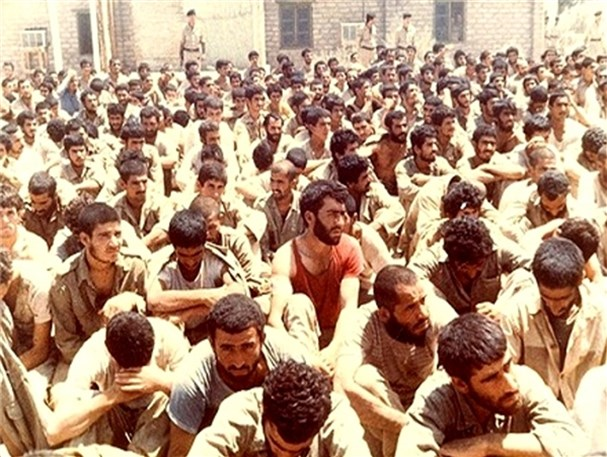
* Trying to increase the number of Iranian prisoners at any cost
In the last months of the war, the classmates of Mazandaran University were captured and the Baathist forces captured them with a ruse. Sardari goes back to that day; “On the 4th of June in the early hours of the morning, Iraq started a very heavy attack and the conflict started at 6 am. The conflict increased moment by moment. The children resisted to the end. Many were martyred. We were surrounded and had no choice but to retreat. We were going back when we encountered a strange scene. We saw from a distance that some of the internal forces of the Radif were standing and waving their hands and saying, come! We thought that the internal forces had arrived and we moved forward with this idea. When we got close, we realized that we were attacked by the Baathists. The Ba’athists had used the tactic of wearing the clothes of our fighters to capture more Iranian forces. With this trick, they captured more than 60 fighters. A caravan of zealous Basijians, but tired and with their hands tied, set off, I never believed I would see such a day. Some were carefree, some were tired, some were smiling. When leaving the border, we would turn our heads for the last time and see the homeland. It was not clear what fate awaits us.”
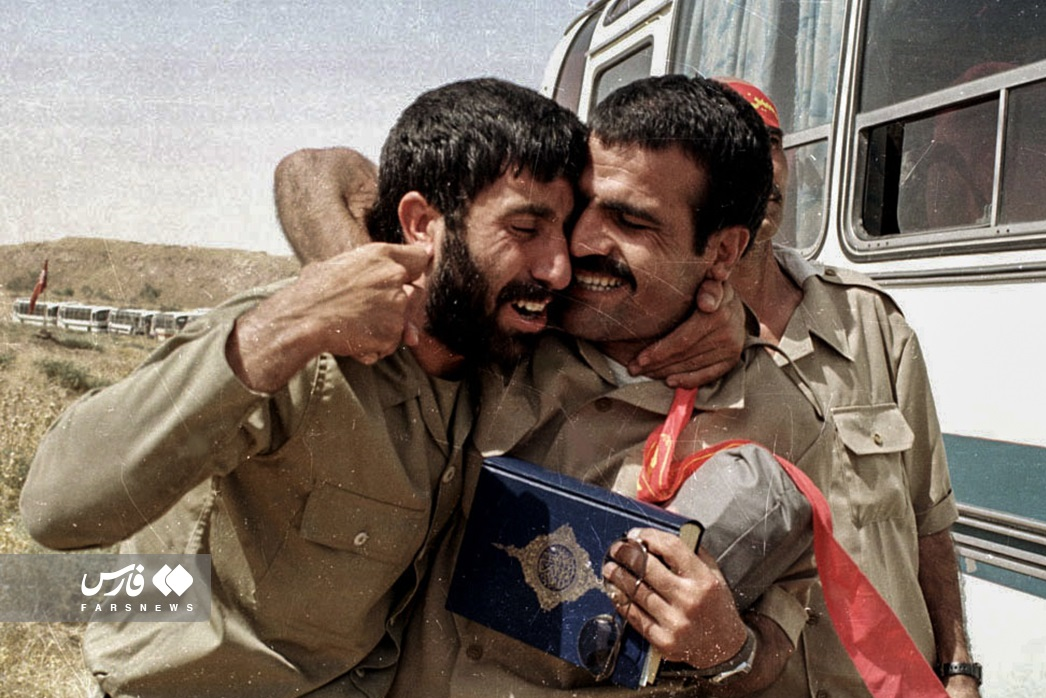
* Useless law of humiliation/ I’m alive!
The Kuwaiti reporter’s photo of the captives, among whom “Amirreza Sardari” was also circulated in the media. This photo has an audible story and Sardari will make you see it; “From the moment of captivity, it seems that a nationwide law was announced to the Ba’ath army with the title that as soon as you take a prisoner, you must do all you can to humiliate him and make him accept that freedom is over and the world is a world of captivity. The Ba’athists did not hesitate to implement this order. After a few hours of walking under the scorching sun, we boarded the bus. We were moving when the Baathist guard filled a sunbed with water and started humiliating the children. One by one, he would put the straw in the children’s mouths so that they could drink water. Contrary to the idea of the Baathist soldier, no one thought about the water container at that time. All the thoughts and mentions of children were homeland and being away from homeland and family. The humiliation process continued along the way until we reached near the east of Basra. Several journalists and photographers had come to photograph the Iranian prisoners. The hands of the captives were tied and the eyes were closed, the Baath soldiers were standing around us with mocking pride. Our relief and peace in those moments, in addition to the whistle of our own mortars that fell on the heads of the Baathists every few minutes, were the kind eyes of Imam Khomeini (RA). The photo that the Kuwaiti photographer took of me at that moment became a document for my family to know that I am alive!”
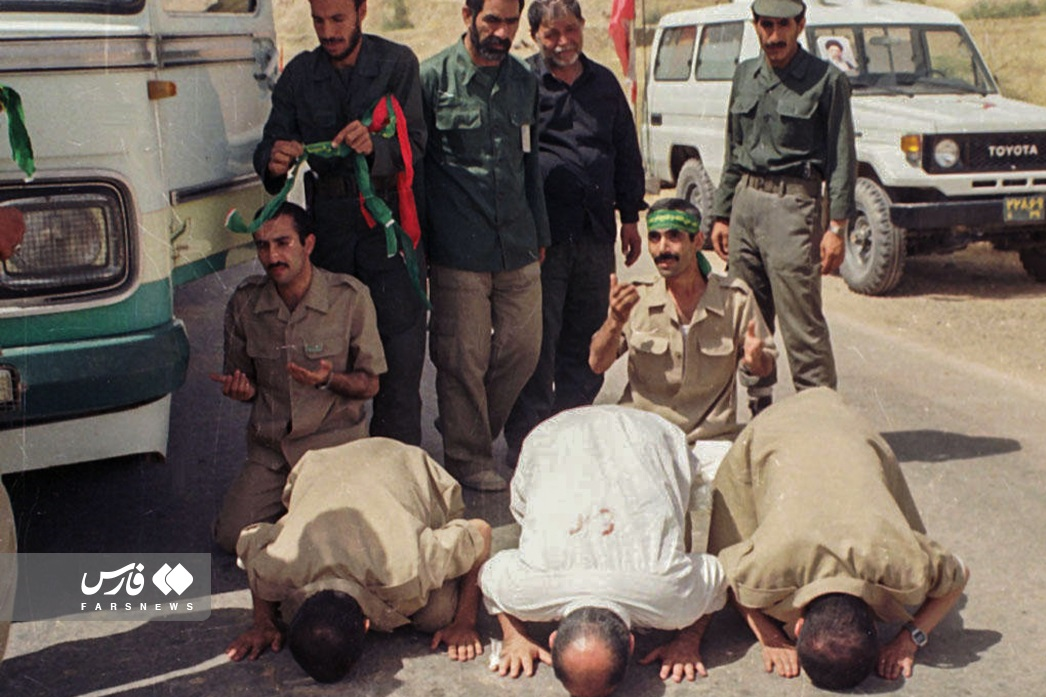
* What did the Baathists do when they found out that the captives were fasting?/ When the Baathist soldier stole the prisoners’ meager meat ration
We have heard a lot about the hardships of captivity. Strange memories of the captives, which we sometimes avoid hearing. Amirreza Sardari has no shortage of these memories, and Grizi tells two or three stories and says: “When the Baathists found out that the prisoners wanted to fast during Ramadan, they reduced our food ration. Now, what was this food ration that they reduced it? Three quarters of a glass of rice for lunch, half a glass of tea for breakfast and two hundred grams of meat for 15 people as dinner. On two occasions, each captive was given a loaf of bread, and usually the captives kept one of them for dawn, and in the month of Ramadan, this quota was reduced so that we could not fast. But we fasted with all those hardships. Naqeeb Jamal, the guard of our camp, did not miss even the meager meat ration, and once he got angry and went to the camp when he stole the meat ration of the POW camp and took it for his child’s wedding dinner.
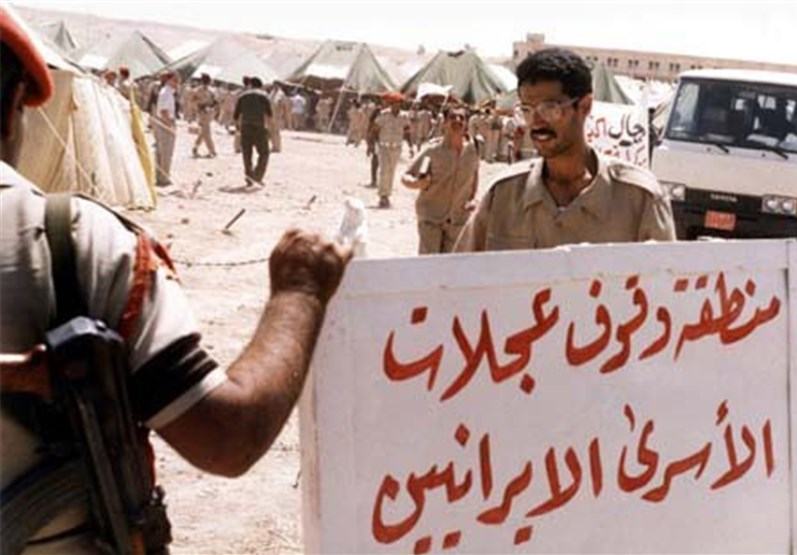
* 6-hour line to relieve the need
According to the words of the freed people of the Holy Deka, most of them say that the time of captivity is the most lasting time in their lives. but why? Amirreza Sardari’s words are an answer to our questions; “Each prisoner had to stand in line for 6 hours from the moment he woke up to relieve himself, while building a toilet for the prisoners was not a difficult task. There were no restrictions on food and hygiene for the prisoners. During the captivity, the most important concern of most of the captives was hunger, which never ended, and thirst, which could never be quenched with a single drink, not only cold but also lukewarm. The water we had for drinking was stored in a tank that was under the sharp sun and hot. That too in the form of quotas. But aside from all this, I must say that captivity is an unrepeatable chapter of life for all free people. The world of captivity had its own characteristics. We were the enemy. The embankments and lines between us were clear and unambiguous. The atmosphere was such that due to the deprivation of the basic rights of life, we adapted our expectations to the same conditions, and all freed people gained this experience. That in any situation you can make yourself so strong that deprivation cannot destroy you. Not only did these deprivations not destroy the captives, but because behind these deprivations were deep and strong beliefs such as love for the Imam (RA), the revolution and the people, for many of us it became an opportunity for growth and perfection.
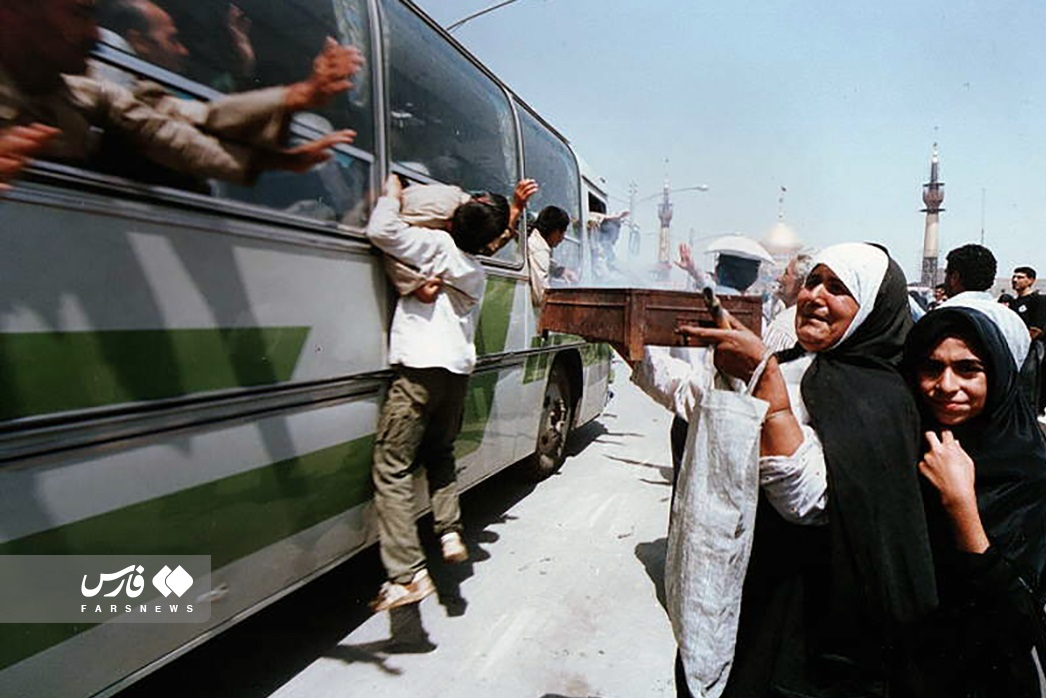
My mother was 30 years old
His eyes sparkle when he comes to this chapter of the captivity story; The season of liberation, the day of freedom… Amirreza Sardari’s name was among the missing, and mother and father had been waiting for news for three years. Really, who knows about the hearts of the mothers of war prisoners and missing people? Al-Haq, who wrote 143 and the daily life of a mother, was able to tell very well how the days of mothers who are still unaware of their Jagogoshes are going on! Now let’s hear about the day of freedom; “After the end of the war, the news of the release of the prisoners reached our ears and we returned to the arms of the homeland in September 1369. My family had seen a photo of me. But when my name was not in the list of prisoners after two years, they thought I was a martyr. In short, in those days, they regularly announced the list of released prisoners on the radio and stuck those lists on the Red Crescent wall. We were the 14th group of prisoners who were transferred to Iran, and I was released when my family found out that our bus had reached Islamabad West. My siblings had kept my parents in the dark to ensure my freedom. Honestly, sometimes language is weak. When I saw my mother, she was more than 30 years old. No sense can express that moment.”
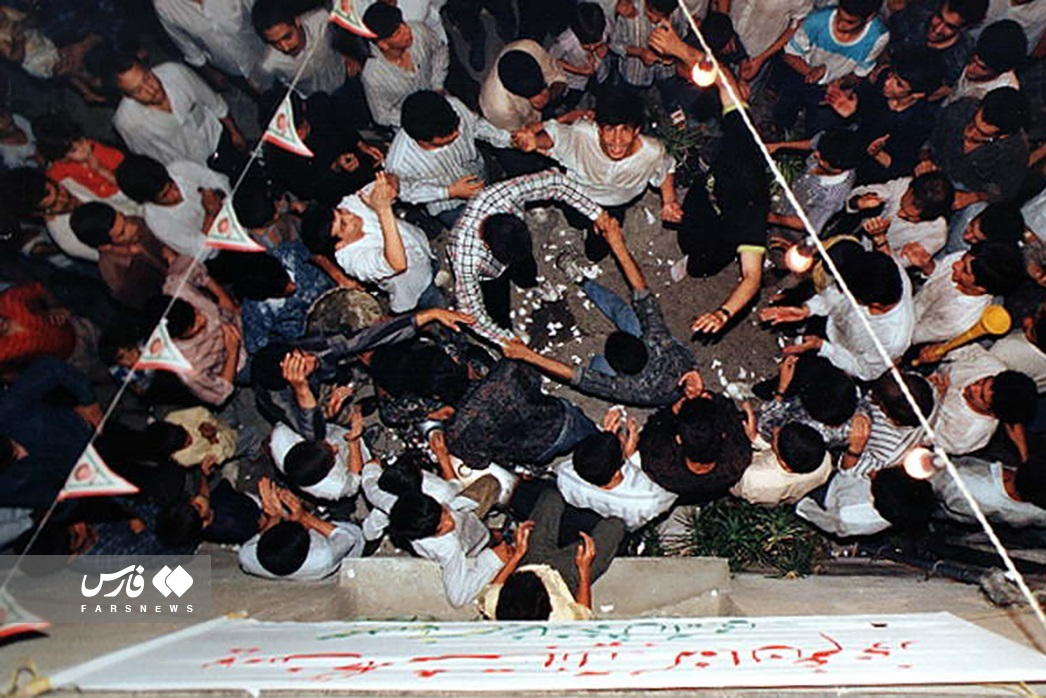
* Freedom Day
Our conversation with Azadeh Sarafraz started with reviewing the old woman’s eyes, and at the end of the conversation, she talks about those eyes again. He says that on Independence Day, we were ashamed of that old woman and the parents who came to receive news of their children, and we had no answer to all these worried eyes. But Amirreza Sardari ends the story of captivity and the day of freedom with a pure narrative; “In the midst of all our worried and angry looks in the huge crowd, suddenly all of our eyes stared at one point. One person in the crowd was holding a large photo of Imam Khomeini (RA). This picture was blue on the fire of our heart. How eager we were to see those dignified and kind eyes.”
end of message/
You can edit this article
Suggest this article for the first page
